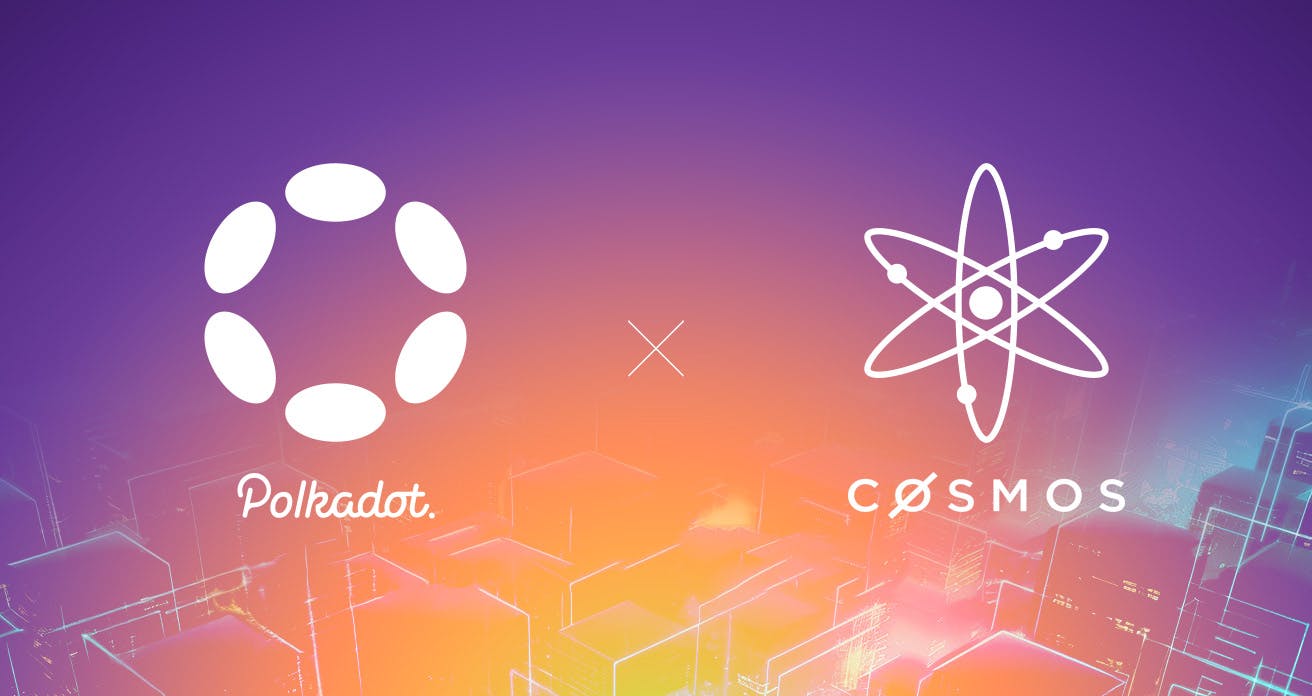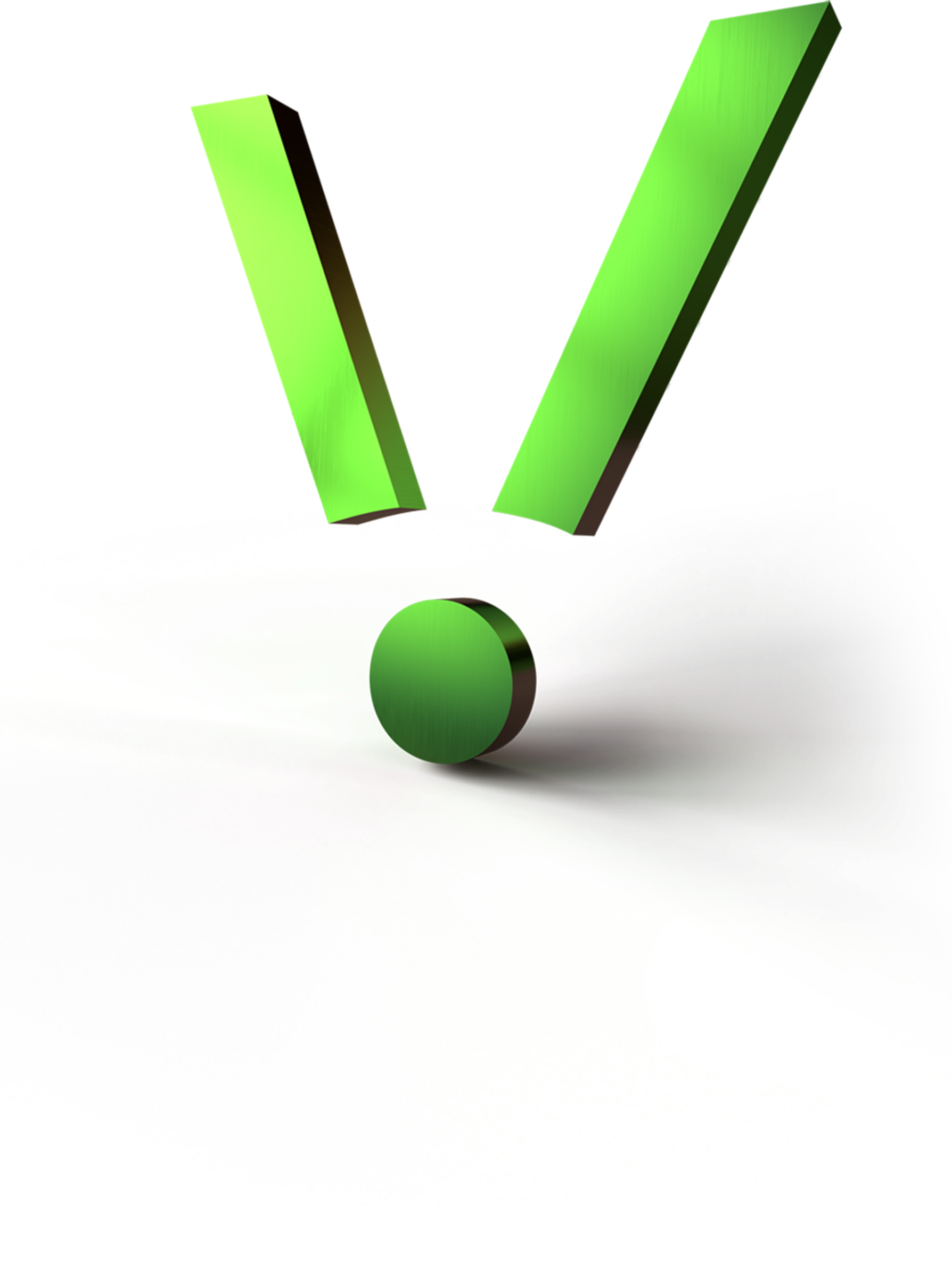Blog

Polkadot vs. Cosmos: A Comprehensive Analysis
In blockchain technology, two platforms have emerged as leaders in the race for blockchain interoperability: Polkadot and Cosmos. Created by visionaries Gavin Wood and Jae Kwon respectively, these platforms are designed to bridge the existing gaps between isolated blockchains. In this comprehensive analysis, we will delve into the intricacies of Polkadot and Cosmos, comparing their architectures, consensus mechanisms, governance models, and native tokens to determine which platform offers a superior solution for the challenges of the decentralized world.
Blockchain Interoperability: A Shared Vision
Both Polkadot and Cosmos share a common goal: enabling blockchain interoperability. In a landscape where isolated ecosystems hinder the true potential of blockchain technology, interoperability serves as the anchor for a more connected and efficient future. By allowing seamless transfer of value and data across diverse blockchain networks, these platforms aim to change the way we perceive and utilize decentralized systems.
The central thesis of both Polkadot and Cosmos is based on specialization and interoperability. Single chains that can “do everything” (such as Ethereum) pay the price of such flexibility because they are relatively slow and prone to congestion. A smaller, specialized chain, designed to focus on a single use case, can be much faster and more agile in operation, but on its own is isolated from the wider decentralized ecosystem. Polkadot and Cosmos represent methods by which smaller, specialized chains can share a common interoperability, communicating with each other and even taking advantage of each other’s services.
Cosmos: The Decentralized Nexus
At the heart of Cosmos lies its interconnected Hubs and Zones. Each Zone is its own individual blockchain, operating its own validator network and consensus mechanism (currently, all zones use the robust Tendermint consensus protocol);. At the same time, the Hubs are separate blockchains that act as communication hubs between Zones, transferring tokens and sending messages. A key aspect of this model is that each Zone is forced to be responsible for its own security, which can be difficult for smaller chains trying to bootstrap their operations; however, for larger organizations who want more centralized control over their chains, the requirement to more control the validator network can be seen as a positive.
Polkadot: Shaping the Future with Sharding
In Polkadot's paradigm, the focus shifts to a fragmented architecture, a concept where transactions are processed across multiple parallel chains called parachains. These parachains are secured by the central Relay Chain, forming a cohesive and secure ecosystem. Polkadot's hybrid consensus protocol ensures both transaction finality and security. The presence of a core Relay Chain represents the central difference between Polkadot and Cosmos. The Relay Chain uses its own consensus protocol (GRANDPA) which it then extends to all its parachains, in a “shared security” model. This means that all parachains launching on Polkadot will obtain a battle-tested security system with 1000s of validators, from day 1. Notably, Polkadot’s design also emphasizes shared security for bridges, providing a robust defense against potential threats.
Governance, Architecture, and Consensus: Points of Differentiation
When comparing Polkadot and Cosmos, several crucial factors come into play:
Governance: Polkadot employs a multi-proposal governance system, allowing a diverse range of voices to shape the platform. In contrast, Cosmos relies on coin-vote signaling, a more streamlined approach to decision-making. Each approach has its merits, catering to different community preferences.
Architecture: Polkadot’s architecture revolves around the Relay Chain and Parachains, each serving a specific purpose within the ecosystem. In Cosmos, the hub-and-zone model ensures decentralized validation and security across interconnected chains. Polkadot’s shared security model enhances the overall resilience of its network.
Consensus: Polkadot’s consensus protocol guarantees both transaction finality and security. Cosmos, on the other hand, relies on the Tendermint consensus protocol, offering instant finality and operational efficiency. Both platforms prioritize security and efficiency in their consensus mechanisms.
Token Comparison: ATOM vs DOT
In the world of tokens, ATOM and DOT play distinct roles. ATOM, Cosmos’ native token, offers a dynamic environment for transactions within the Cosmos network. DOT, Polkadot’s native token, boasts recognition and a strong market presence. The choice between these tokens depends on specific user needs and market dynamics, with each token offering unique advantages in the decentralized landscape.
The Verdict: Polkadot’s Security Supremacy
While both Polkadot and Cosmos present compelling solutions for blockchain interoperability, Polkadot's emphasis on security sets it apart as a frontrunner for projects that require bootstrapping their operations.
Polkadot’s innovative architecture, combined with its shared security model and robust consensus mechanisms, addresses the fundamental challenges of scalability and interoperability. As the blockchain landscape continues to evolve, Polkadot stands tall as a beacon of security, offering a robust and future-proof solution for businesses and developers navigating the complexities of the decentralized world.

